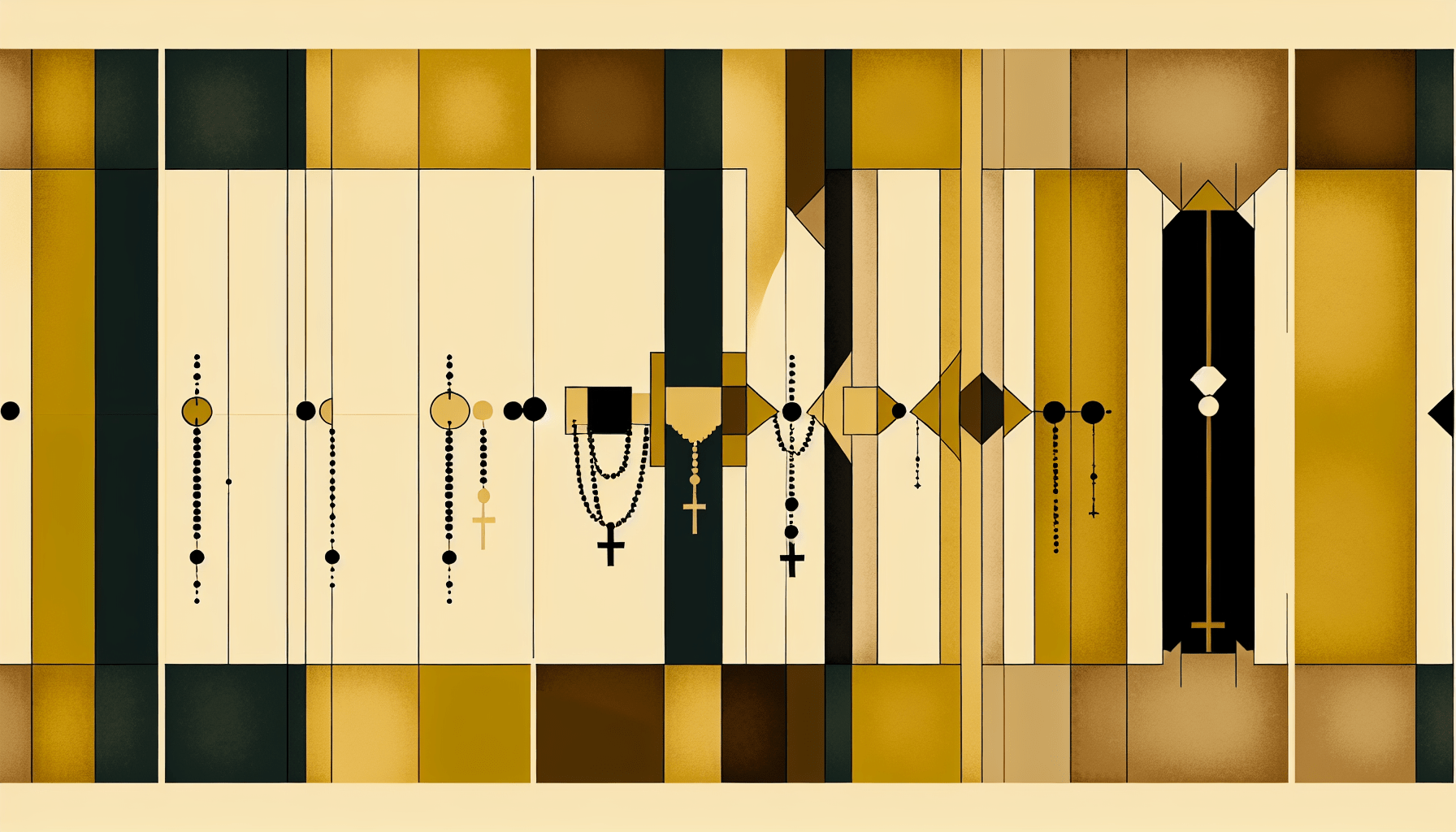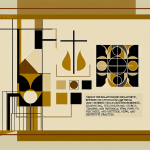The History of the Rosary: A Spiritual Tradition Through Time
The history of the Rosary is a fascinating journey through centuries of faith, devotion, and spiritual practice. Rooted in Christian tradition, the Rosary has evolved into one of the most recognized forms of prayer in the Catholic Church. In this blog post, we will explore the origins of the Rosary, how it developed over the centuries, its significance, and its role in contemporary spirituality.
The Origins of the Rosary
The exact origins of the Rosary are somewhat ambiguous, but it is believed to have emerged in the medieval period. The earliest forms of the Rosary can be traced back to the 3rd century when Christians began using prayer beads to keep track of prayers. Early Christians would often repeat prayers, such as the Lord’s Prayer or the Hail Mary, and used stones or knotted ropes to count their recitations.
Early Prayer Practices
In the early church, many laypeople were not literate, and the praying of the Psalms was a common practice. Monks and religious communities would recite the 150 Psalms, which later evolved into the practice of praying the Hail Mary, inspired by the biblical texts. The faithful would memorize these prayers and rely on counting devices, which eventually led to the concept of the Rosary we know today.
The Role of Mary in Rosary Development
The Rosary as a form of Marian devotion gained prominence during the 12th century. Saint Dominic, the founder of the Order of Preachers (the Dominicans), is often credited with popularizing the Rosary. According to tradition, he received a vision of the Virgin Mary in 1206, who instructed him to promote the Rosary to combat heresy and encourage prayer.
During this period, the structure of the Rosary began to take shape. Instead of reciting the Psalms, devotees focused on the life of Jesus and Mary, reflecting on key events known as the “mysteries” of the Rosary.
The Evolution of the Rosary
Structure and Composition
By the 15th century, the Rosary had taken on the form we recognize today, consisting of 53 Hail Marys, 6 Our Fathers, and several short prayers, organized in a meditative manner. The use of beads became standard, enabling the faithful to count their prayers more effectively. The development of the Dominican Rosary brought about the seventeen mysteries, later reduced to the joyful, sorrowful, and glorious mysteries we pray today.
The Addition of the Luminous Mysteries
In 2002, Pope John Paul II introduced the “Luminous Mysteries” to the Rosary, allowing the faithful to meditate on significant events in the public life of Christ. This addition marked a crucial point in the history of the Rosary, reflecting the Church’s desire to deepen the spiritual experience of prayer.
The Rosary in the Catholic Church
Throughout the centuries, the Rosary has been an integral part of Catholic spirituality. It has played a role in many important historical moments, such as the famous naval victory at the Battle of Lepanto in 1571, which was attributed to the intercession of the Blessed Virgin Mary through the Rosary. The feast of Our Lady of the Rosary is celebrated on October 7th, commemorating this critical battle.
The Rosary and Artistic Representation
The Rosary’s history has also been reflected in art and literature. Many famous works depict scenes of Mary and the Rosary, illustrating the connection between devotion and culture. Artists such as Caravaggio and El Greco have captured the beauty and significance of the Rosary in their masterpieces, contributing to its legacy.
The Significance of the Rosary
A Tool for Meditation and Contemplation
The Rosary serves not only as a method of prayer but also as a powerful tool for meditation. Each mystery invites the faithful to reflect deeply on events from the life of Christ and the Virgin Mary, fostering a closer relationship with the Divine. The repetitive nature of the prayer allows individuals to concentrate on their spiritual needs and seek guidance.
The Rosary and Spiritual Warfare
Many Catholics view the Rosary as a weapon against evil. It is often said that the Rosary can protect against temptation, sin, and the influence of the devil. This belief in the Rosary’s power has led to its use in spiritual warfare prayers, where individuals invoke Mary’s intercession for protection and strength.
The Community Aspect of the Rosary
Praying the Rosary can also be a communal experience. Many families and groups gather to pray the Rosary together, fostering a spirit of unity and shared faith. This practice builds bonds among members of the Church and reinforces the importance of community in the spiritual life.
The Rosary in Contemporary Spirituality
The Rosary Today
In modern times, the Rosary continues to be a vital part of Catholic life and practice. Many individuals incorporate it into their daily routine, finding solace and strength through its prayers. Social media has also amplified the popularity of the Rosary, with many Catholic influencers and communities promoting the Rosary through online platforms.
The Rosary in Various Cultures
The Rosary is not just limited to Europe; it has transcended cultural boundaries and is embraced by Catholics worldwide. In Latin America, the Rosary is often prayed in vibrant community settings, while in Asia, it is adapted to local customs and traditions. This universal appeal highlights the profound impact the Rosary has had across diverse cultures.
Innovations in Rosary Practices
As the Church adapts to contemporary society, various forms of the Rosary are emerging. For instance, some people use digital Rosary apps that guide them through prayers and meditations. Additionally, prayer groups and online communities have created unique approaches to Rosary devotion, emphasizing inclusivity and engagement among younger generations.
Conclusion
The history of the Rosary is a testament to its enduring significance in the Christian faith. From its humble beginnings as a simple counting device to its current status as a revered tool for meditation and intercession, the Rosary has shaped the devotional practices of millions over the centuries. Whether you are a lifelong practitioner or new to this spiritual tradition, the Rosary continues to offer grace, peace, and a deeper connection to God and the Virgin Mary.
In these trying times, the Rosary stands as a beacon of hope and faith, inviting individuals to join in prayer and reflection. Embrace the rich history of the Rosary, and allow its mysteries to guide you on your spiritual journey. Whether through personal devotion or communal prayer, the Rosary remains an unparalleled expression of love, faith, and serenity.




